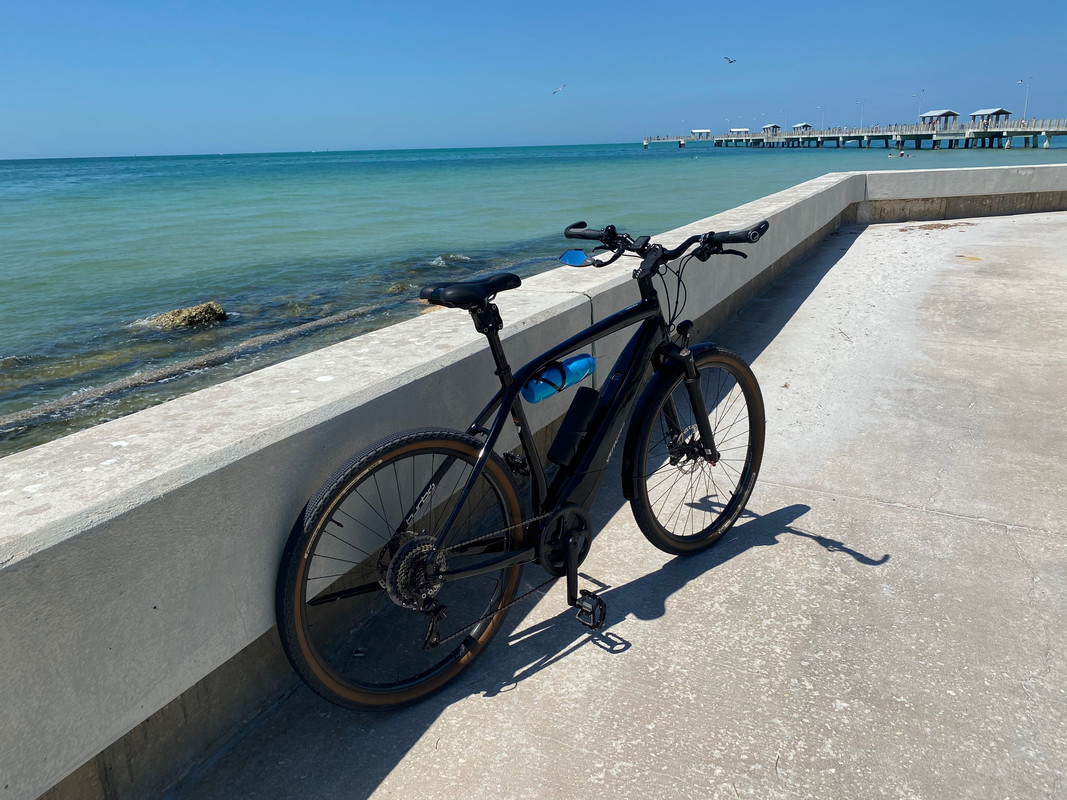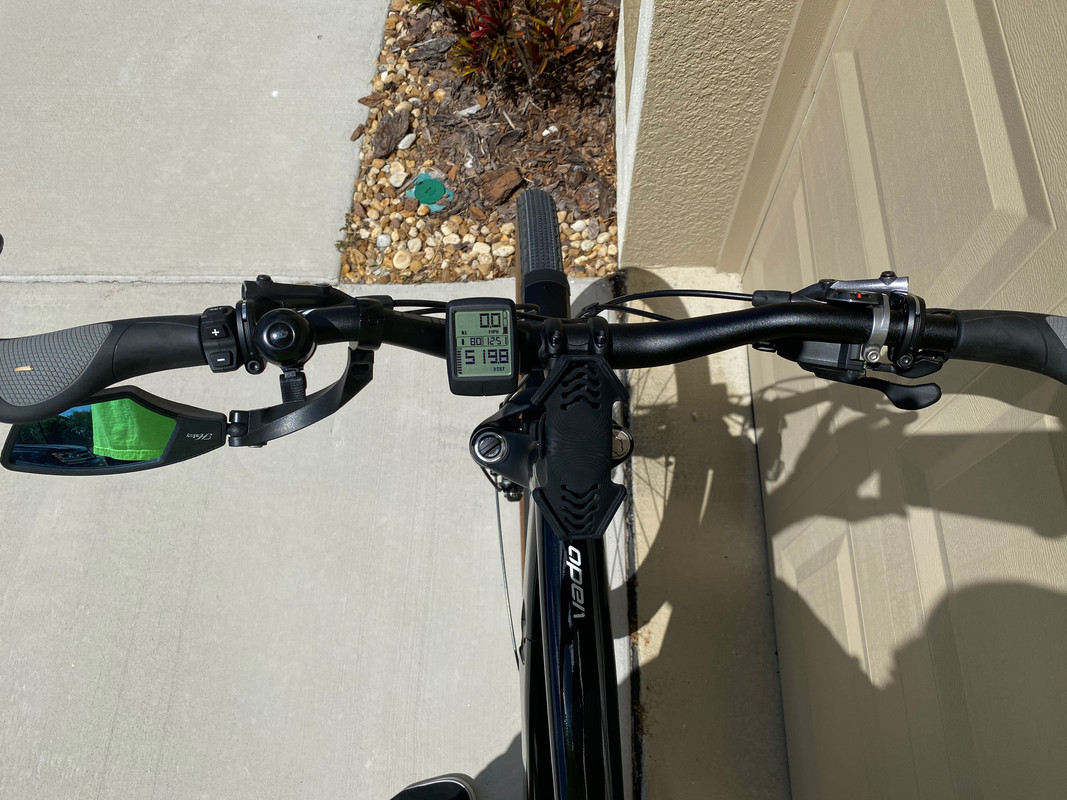FlatSix911
Well-Known Member
- Region
- USA
- City
- Silicon Valley
Just a note that this online comparison tool assumes your stems are built like this:
View attachment 47786
whereas the one I referenced is this:
View attachment 47787
Thus, the stem comparison tool won't work for these two.
As for adjustable stems, the one @Alaskan referenced is among the highest quality versions out there and would likely hold up to all but aggressive singletrack jumping use.
Good point on the geometry calculation.
Personally, I would never use an adjustable stem on one of my E-MTBs... the dynamic loads are way too high. YMMV
Adjustable stem busted - Do I need to replace the whole stem?
Today on my 2018 Pegasus Solero the adjustable stem broke. Probably due to overtightening of the righthand screw the nut at the left side of the stem tore free (see images). The question is, whethe...

Adjustable stems: The Good, The Bad, and The Ugly
Adjustable stems. You probably either love them or hate them. If you're a gram-counter riding a sub-20-pound bike you probably wouldn't be c...
Last edited:

